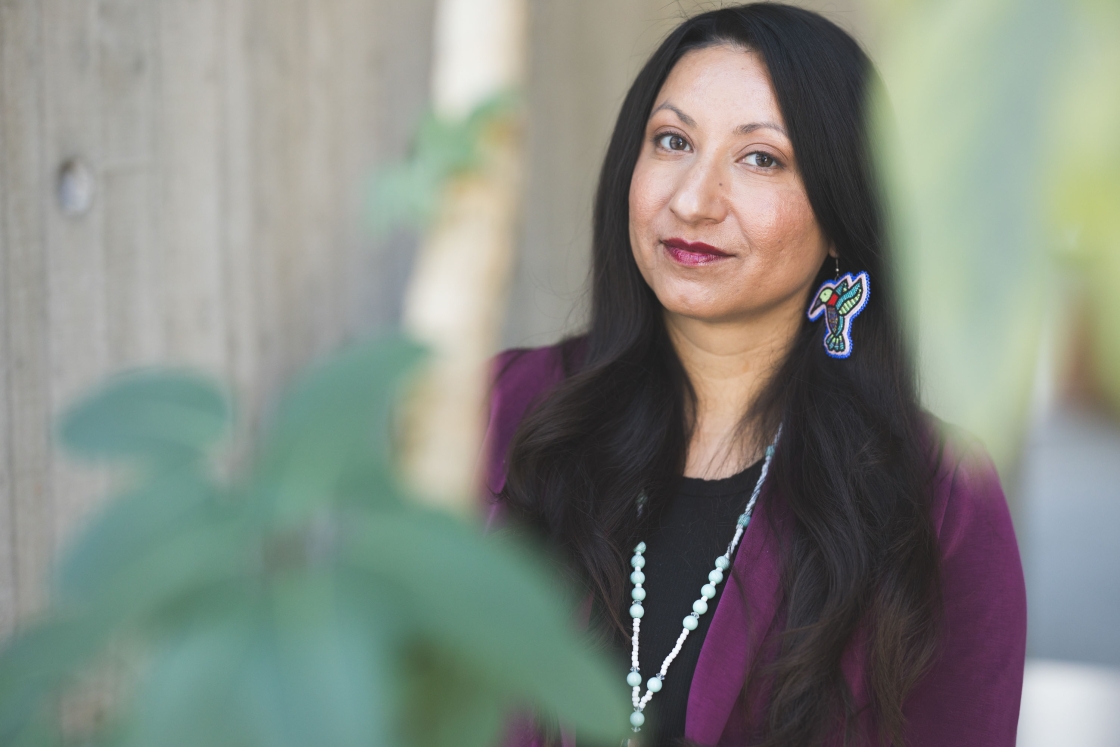HANOVER, N.H. – Nov. 16, 2020 – Crossing international borders can be dangerous, if not deadly, for refugees and asylum seekers, who have been displaced by conflict or a humanitarian crisis. According to data from the International Organization for Migration, from January 2014 to December 2018, there were more than 16,300 forced migrant deaths. These deaths did not occur at random but occurred in clusters reflecting distinct patterns in space and time that can be addressed by humanitarian interventions, according to a Dartmouth-led research team. The results are published in BMJ Global Health.
In mapping the countries and locations where forced migrant deaths occurred, the researchers found that the deaths occurred in 12 spatial-temporal clusters, which were often located close to national borders, conflict intensities and/or along migration routes.
The team identified the top five locations of forced migrant deaths per year from 2014 to 2018. Deaths at sea topped the list each year, accounting for 26 to 54 percent across the five years for a total of over 5,800 deaths.
Image  |
| Countries and locations of forced migrant mortality per year (2014-2018). Image is Figure 1 from the study. Figure by D.Poole, et.al. |
The data revealed just how dangerous crossing the U.S. – Mexico border can be. The U.S., specifically, the U.S. side of the U.S.-Mexico border, is the only country that made the list for each of the five years with a total of over 1400 deaths. Mexico made the list for 2014, 2015, 2016, and 2018 with a total of over 800 deaths.
“The places where forced migrant deaths are occurring are not exactly making it into the news,” explained co-author Danielle Poole, a Neukom fellow in the department of geography at Dartmouth. “In addition to the U.S. and Mexico, Libya, Sudan, Mozambique, Uganda, and Malaysia also made the list of locations on land with the highest number of forced migrant deaths.”
“If our findings were to be combined with a real-time analysis of migration patterns, this could provide insight into where clusters of forced migrant deaths may occur in the future,” said Poole. Identifying some of the similarities, where forced migrant deaths are occurring in the meantime, allows us to monitor and better respond to migration areas that are especially hazardous,” she added.
The results can be used to help inform immigration and humanitarian policies but also demonstrate the need for further research in this area. The forced migrant mortality rates demonstrate how during periods of conflict, there is a need on a global scale for humanitarian assistance such as search and rescue operations, which could help save lives and potentially reverse the death trends.
Poole is available for comment at: Dani.Poole@Dartmouth.edu.
The study was co-authored by: Bethany Hedt-Gauthier at Harvard Medical School and Harvard T.H. Chan School of Public Health; Till Bärnighausen at Heidelberg University and the Africa Health Research Institute; and, Stéphanie Verguet and Marcia Castro at Harvard T.H. Chan School of Public Health.

